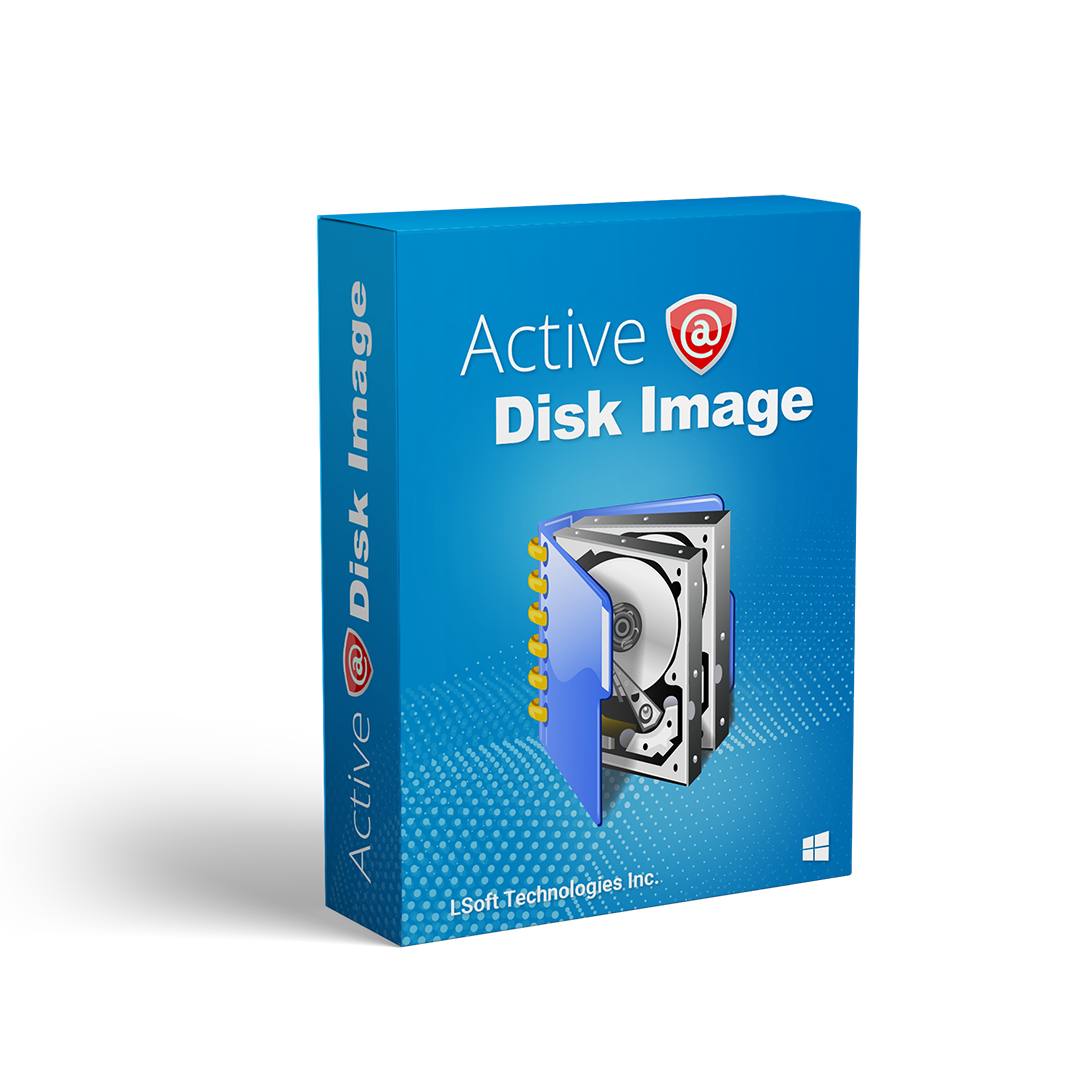
Finally, we come to a boot disc that offers useful tools, is easy to use, and can be created for virtually any XP, Vista, Windows 7, 8 and 10 computer.
Lincoln Spector, PCWorld

After spending many hours with other software finally I found your software and all the data that I thought was lost has now been restored. I cannot say how happy I am and how thankful that you have developed such a fantastic product.
Stephen Smart, Australia

Active@ File Recovery Standard is one of the more effective and affordable sector-based file recovery utilities on the market. At only about $35, it's considerably cheaper than...
Jon L. Jacobi, PCWorld

I cannot tell you how excited I was to get the software to recover 4.6TB of data that was accidentally deleted from a disk. Your product is absolutely awesome, just the best. I didn't care how long it was going to take, just that I could get the data back. I am so impressed with the product. So, thank you, thank you, from the bottom of my heart.
Robyn Knorr, Australia

Using your file recovery software, recovery of 18 Gigs of data, from a partition that lost the drives Master Boot Record, was very easy, and was transferred over to another separate drive, so the original drive could be re-formatted and have the files put back, all within an hour. You saved all my data, and I thank you making this program available. I'm very impressed with it.
Howard R., New York

Simply deleting files, or even formatting the disk does nothing to stop a determined snoop. This program, a powerful (and free!) set of tools, promises something much more useful. Once the program has done its job, there is no turning back.
Ian Harac, PCWorld

We have been using this to satisfy data wiping requirements at the university before disposing of old equipment. It is very simple to use so we are able to have workstudies wiping the drives. It does take several hours on a 3 pass wipe, but I don't think anything can be done about the time due to the nature of what software has to do.
A University IT tech, Texas

Just a note to let you know that after a catastrophic failure of my XP machine, I was able to create a boot disk on my Windows 7 machine and successfully restore the complete drive from a previous backup on an external drive. Great program! Thanks very much.
Bud Lorch, Canada






